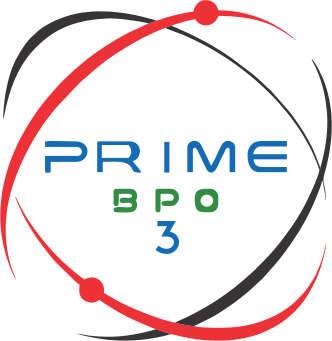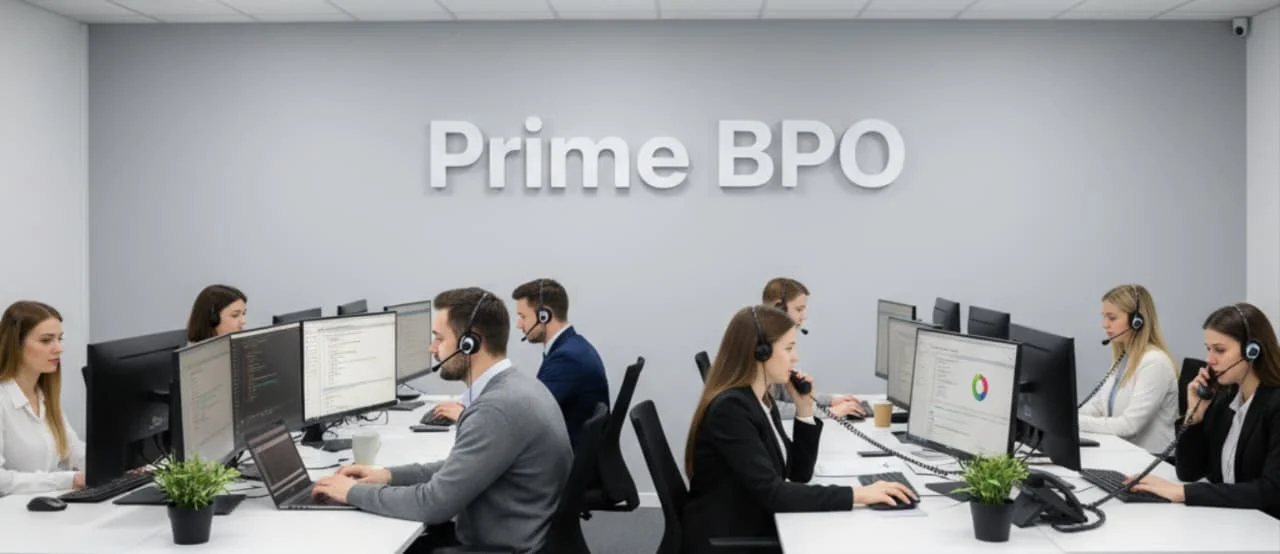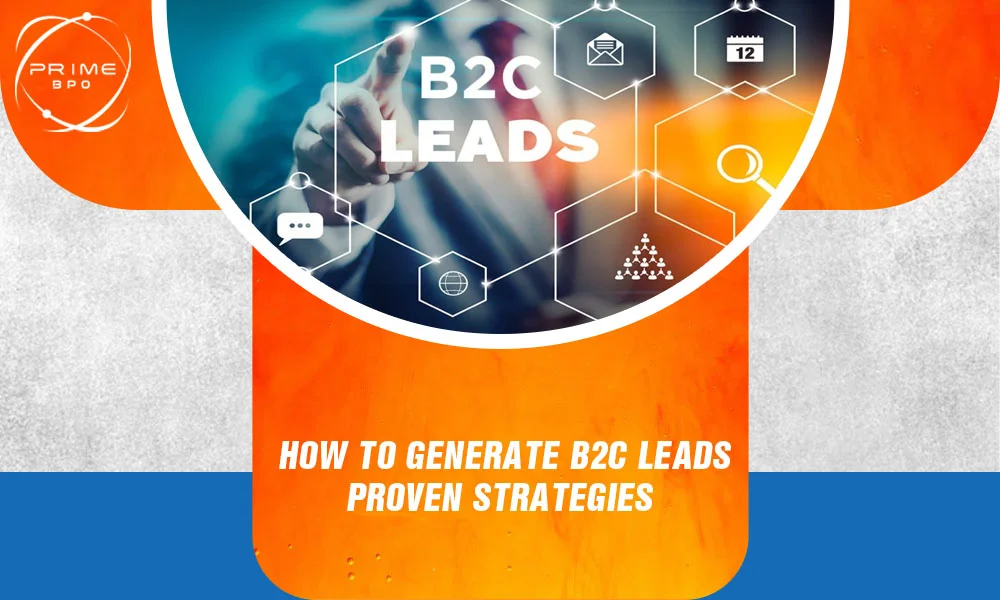Generating B2C leads is a challenge every business faces. It’s not just about attracting customers; it’s about engaging them and converting their interest into action. From using video content to optimizing your social media presence, there are many strategies to explore. So, how to generate B2C leads and turn potential customers into loyal ones? Let's dive into some of the best strategies to help you achieve this.
What is B2C Lead Generation?
lead generation B2C refers to the process of attracting and converting individual consumers (rather than businesses) into potential customers for your products or services. Here's a breakdown of what it involves in how to generate b2c leads:
Key Components of B2C Lead Generation:
- Understanding Your Audience: Knowing who your target customers are is the first step. What do they need? What are their pain points?
- Creating Engaging Content: Whether it’s blog posts, social media updates, or videos, your content should grab attention and offer value.
- Utilizing Social Media: Platforms like Facebook, Instagram, and TikTok are goldmines for reaching consumers. Use them to share content, run ads, and engage with your audience.
- Email Marketing: Collect email addresses through sign-ups and newsletters. Send personalized offers and updates to keep potential customers interested.
- SEO: Optimize your website so that it ranks higher on search engines. This increases visibility and attracts more visitors.
- Paid Advertising: Use Google Ads, Facebook Ads, and other platforms to target specific demographics and drive traffic to your site.
- Landing Pages: Create compelling landing pages for campaigns. They should have a clear call to action to convert visitors into leads.
- Lead Magnets: Offer something valuable for free, like an ebook or discount, in exchange for contact information.
Get Free Quotes
Customized Options Await
B2C lead generation challenges:
There may be times when you try your best, but your website or campaigns do not generate an adequate amount of leads, or the lead quality is not as per your expectations. There could be multiple reasons behind this. It could be due to offers or ad copies that are not attractive enough, or landing pages that aren’t relevant. Incorrect use of forms or confusing content can be another issue affecting your lead generation efforts. So, building the right B2C lead generation strategy and ensuring that every part of your campaign follows the set approach is critical for companies.
Without a lead generation strategy that is properly thought through, your company will struggle to make sales and expand at an acceptable pace. Traditional lead generation strategies b2c that focus on one-way communication will not cut it in the connected world of today.
So, let us dive into successful lead gen techniques on how to generate b2c leads for contemporary tech-savvy customers.
How to Generate B2C Leads: Best Strategies
Generating B2C leads involves engaging potential customers in ways that resonate with their needs and preferences. Here are some effective strategies on how to generate b2c leads? Harness the Power of Video Content
Engaging Storytelling: Use videos to tell compelling stories about your brand or product. Highlight how it can solve a problem or improve the customer’s life.
Product Demos: Create short, clear product demonstration videos to show how your product works. This can increase trust and interest.
Customer Testimonials: Share videos of satisfied customers talking about their positive experiences. This builds credibility and can influence potential leads.
Live Streams: Host live Q&A sessions or product launches. Live interaction creates a sense of immediacy and engagement.
Enhance Your Content Marketing and SEO
High-Quality Blog Posts: Write informative and engaging blog posts that address the needs and interests of your target audience. Use relevant keywords to improve search engine rankings.
SEO Best Practices: Optimize your website with on-page SEO techniques like keyword placement, meta descriptions, and alt tags. This helps increase organic traffic.
Educational Content: Offer free resources such as eBooks, guides, and whitepapers. Gated content can capture lead information.
Regular Updates: Keep your content fresh and updated. Regularly post new articles and update old ones to keep your audience engaged and improve SEO.
Optimize Email and Social Media Marketing
Personalized Emails: Segment your email list and send personalized emails tailored to different customer segments. Use engaging subject lines and clear calls-to-action (CTAs).
Social Media Ads: Run targeted ad campaigns on platforms like Facebook, Instagram, and LinkedIn. Use custom audiences to reach specific demographics.
Engaging Posts: Regularly post engaging content on your social media pages. Use a mix of text, images, videos, and interactive content.
Email Automation: Set up automated email workflows for onboarding, cart abandonment, and post-purchase follow-ups.
Leverage Social Media Innovatively
Influencer Collaborations: Partner with influencers who align with your emblem. They assist you in reaching a larger, engaged audience.
Get Free Quotes
Customized Options Await
User-Generated Content: Encourage your customers to percentage their reviews and tag your brand. Report this content material to construct a community and consider.
Interactive Polls and Q&As: Use functions like Instagram Stories and Twitter polls to engage your audience and gather remarks.
Social Media Contests: Run contests and giveaways to increase engagement and entice new followers.
Engage Users with Interactive Web Elements
Quizzes and Surveys: Create a laugh and attractive quiz related to your product or enterprise. Use surveys to collect customer insights.
Interactive Infographics: Develop infographics that permit customers to interact with the statistics. This makes complex information more engaging.
Live Chats: Implement live chat to your internet site to offer immediate customer service and answer queries in actual time.
Virtual Try-Ons: For retail, consider virtual try-on features to help customers visualize products before purchasing.
Expand Outreach Through Collaborations and Referrals
Partnerships: Collaborate with complementary companies to cross-sell every other’s merchandise. This can extend your attainment to new audiences.
Referral Programs: Encourage your existing customers to refer pals and circle of relatives with the aid of providing incentives like discounts or freebies.
Affiliate Marketing: Work with associates who sell your merchandise in trade for a commission on sales they generate.
Introduce Interactive and Gamified Content
Gamification: Gamification is the process of adding aspects from games, including leaderboards, medals, and points, to your website or app to increase user engagement.
Interactive Videos: Make interactive videos so that viewers can select a route or engage with the material.
Loyalty Programmes: To reward loyal consumers and promote ongoing engagement, create loyalty programs with gamified components.
Utilize Cross-Promotions and Community Building
Cross-Promotions: Arrange cooperative promotions with other brands. By doing this, you can reach each other's clientele.
Community Forums: Establish online discussion boards or communities where clients may talk about your goods and exchange stories.
Webinars and Workshops: Organize online occasions that benefit your viewers. Take advantage of these chances to build relationships and gather lead information.
Optimize Conversion Paths
Clear CTAs: Ensure your calls-to-action are clear, compelling, and easy to find. Use strong action verbs and highlight the benefits.
Landing Pages: Design dedicated landing pages for each marketing campaign. Keep them focused and free of distractions.
A/B testing: Keep testing various iterations of your site and calls to action to determine which ones convert the best.
Mobile Optimization: Since many people will be viewing your website on their phones, make sure it is responsive.
Put Efficacious Remarketing Techniques into Practice
Worried about how to generate b2c leads? Put Efficacious Remarketing Techniques into Practice such as:
Retargeting Advertising: Retarget visitors who have expressed interest but have not converted with retargeting advertisements. Inform them about your merchandise and exclusive deals.
Email Notifications: Users who saw things but did not buy them should receive follow-up emails.
Dynamic material: Present tailored material to users according to their previous interactions with your website.
Listen and Adapt to Customer Feedback
Surveys and Reviews: Regularly collect feedback through surveys and reviews. Use this information to make informed improvements.
Social Listening: Monitor social media channels for mentions of your brand. Respond promptly and use the feedback to adapt your strategies.
Customer Support: Offer excellent customer service and be open to feedback. Show your customers that you value their input and are willing to make changes.
By implementing these strategies, now you know how to generate b2c leads? Now you can effectively generate B2C leads and nurture them into loyal customers. Each strategy offers unique benefits and, when combined, can create a powerful lead generation system.
Start by understanding your audience, tailoring your approach to their preferences, and continuously optimizing your tactics for the best results.
Get Free Quotes
Customized Options Await
Examples of Successful B2C Campaigns
McDonald's
The McDonald’s team is clever with e-commerce, but they have had to adapt. The brand itself has undergone lots of different perceptions by consumers.
However, it used to be all about the food. Recently, the company is focusing on the customer experience.
An example of a successful B2C campaign is the ‘Hands Full’ advertisement strategy from 2018. There are 3 ads that all focus on an element of in-store innovation.
So, there is the McDonald's mobile app, the in-store order screens, and the table service.
With this strategy, McDonald's is targeting families in particular. To change perceptions about going to a restaurant and also to highlight its innovation and focus on customer experience.
So you can see, it’s not just all about the burger.
Starbucks
Starbucks, which basically sells coffee, runs a successful campaign thanks to its multi-channel approach to marketing and selling.
The user experience is also very good. Through its Facebook page, Starbucks has a variety of special features, including contests, a store locator, international links, and job postings for example.
To simplify the buying process even more, there is also a Starbucks app, so that consumers can avoid any queues and buy easily using mobile payment.
Overall, the use of its brand across each channel makes the process easy and even enjoyable for the customer.
Conclusion
As we wrap up how to generate b2c leads? Generating B2C leads is about more than just attracting attention. It’s about engaging potential customers and converting their interest into action. From leveraging video content to using innovative social media strategies, there are numerous ways to attract and convert leads. So, which strategies will you implement to boost your lead generation efforts? Are you ready to transform potential interest into loyal customers?
FAQs
How do you collect B2C leads?
How to generate B2C leads? We collect B2C leads through various methods such as creating engaging content, utilizing social media platforms, running email marketing campaigns, optimizing our website for SEO, and offering lead magnets like ebooks or discounts.
What is an example of B2C lead generation?
An example of B2C lead generation is using a Facebook ad campaign to promote a discount on a popular product, leading potential customers to a landing page where they can sign up with their email to receive the offer.
References:
https://www.mailmodo.com/guides/b2c-lead-generation/
https://www.leadsquared.com/learn/marketing/b2c-lead-generation/
https://leadgenera.com/knowledge-hub/lead-generation/b2c-lead-generation/






